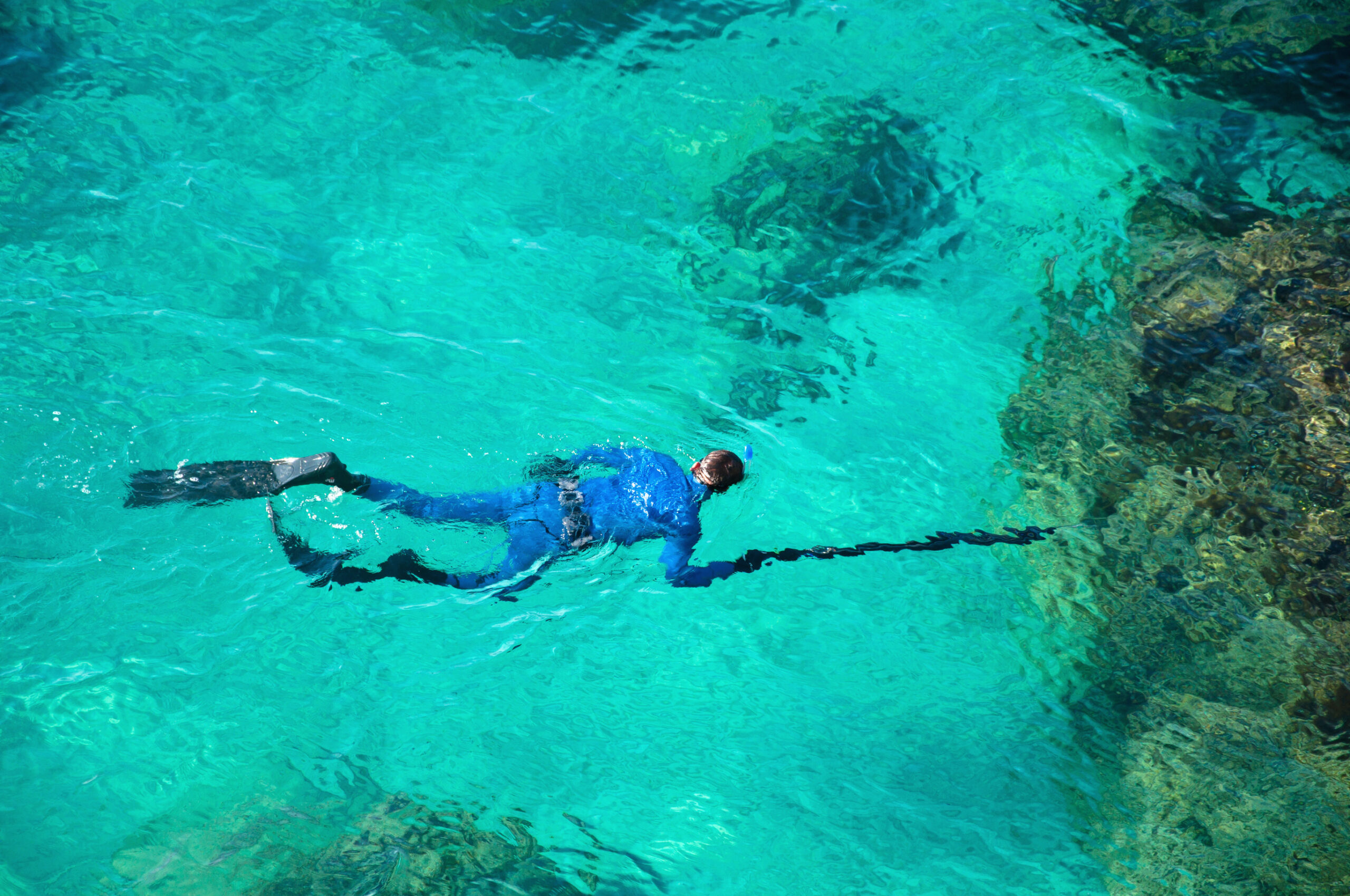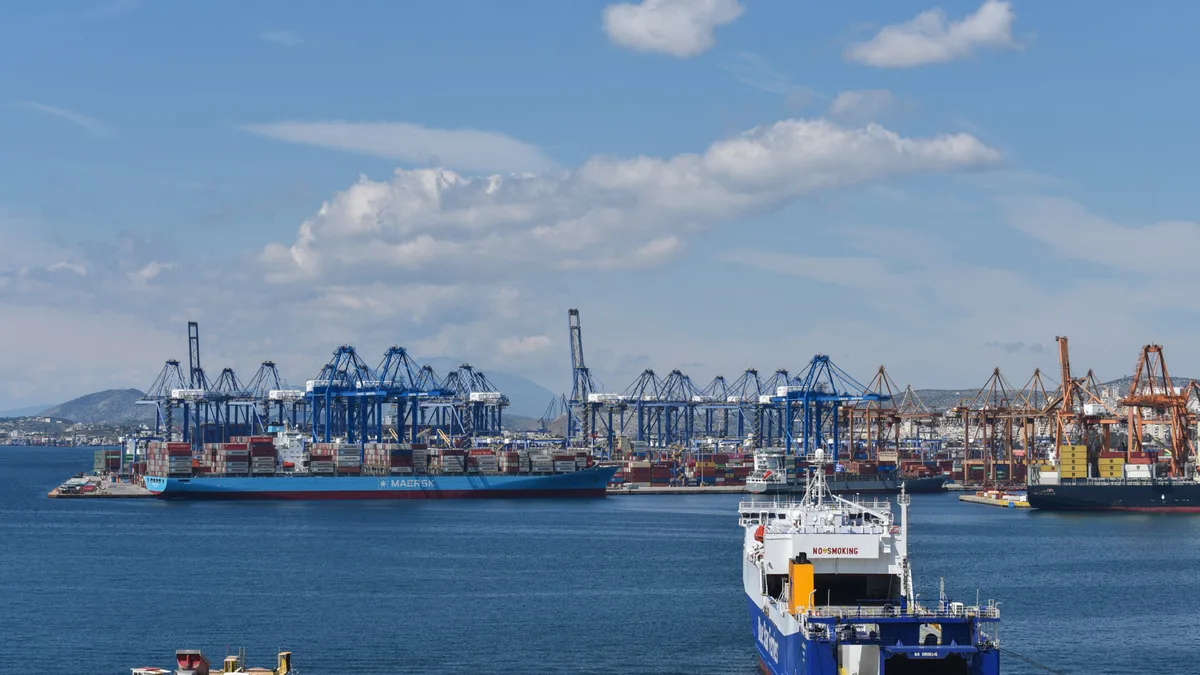By Guest writer,Mark Holder
Copyright farmersweekly

Reading Time: 8 minutes
By Mark Holder
Kiwis are spoiled for choice when it comes to spearfishing spots in New Zealand. Wherever you are in the country, you don’t have to drive far to find a slice of coastline that’s suitable for ocean hunting and gathering.
Although, anyone looking to try their hand spearfishing must be aware of national regulations, including prohibitions on spearing specific species and fishing within marine reserves.
Here’s a list of some of the supreme spearfishing spots across the motu.
1. North Cape & the Three Kings Islands
The North Cape is the northernmost point of the North Island, located about 30 kilometres east of Cape Reinga. Being at the top of New Zealand, as far away as possible from the country’s biggest city, means less fishing pressure and warmer waters. This gives the top of the country generally more access to a diverse range of species, which you will not encounter at the bottom of the country for example. It’s remote, untouched, rocky, and beautiful.
The coastline at the top of the country sees both the Pacific Ocean meet with the Tasman sea, bringing with it huge currents and food. In turn, this provides an excellent habitat for marine life with many trophy fish being speared and caught in these waters.
The top of the country is known for XL species such as Trevally, Kingfish, Snapper and our famous Packhorse Lobster, which can grow to over 10kg with reports of specimens back in the day upwards of 14kg.
In the summer months, the warm blue waters push down from the Pacific and we get blue water species such as Marlin coming very close to shore, which is becoming a hot target these days as skill, knowledge and spearfishing equipment has advanced. There are many options for shore-diving along with some remarkable locations if you have access by boat. Be wary of sharks here as there are frequent sightings of Great Whites in these waters.
Lying 55km off shore north-west of New Zealand lies the world-famous Three Kings Islands. This place is home to some of the biggest Kingfish in the world with the current world record being speared here at around 52kg.
It is also home to a very diverse range of species, including normally deep water species such as Tarakihi and Golden Snapper, which here you can find in only a few metres of water.
These Kings Islands are very dangerous with huge currents and weather conditions that can change very quickly. These islands should only be accessed by large vessels with a very experienced skipper who ideally has knowledge of the area. Everything is bigger up here.
2. Doubtless Bay & The Far North
Doubtless Bay is a bay on the east coast of the Northland region, north-east of Kaitaia, in New Zealand. Home to vast rocky coastlines, again with not too much fishing pressure compared to other parts of the country.
Home to the Beautiful Karikari Peninsula, which sticks out far into nearby deep water produces excellent diving and spearfishing. Due to the geography, there are endless options to protect yourself from wind and swell meaning you can dive in almost any weather conditions.
Home to big Snapper, clean blue water, plenty of Kingfish and all the usual species. Lots of small offshore islands close by which you can access by boat or even kayak, vast amounts of shoreline where you can jump in off the rocks or beach giving you plenty of options. It’s a bit of a spearfishing playground. There’s plenty of crayfish, too – if you know where to look.
3. The Bay Of Islands
The Bay of Islands is arguably one of the best locations for fishing and diving in the country. As the name states, it has a vast amount of islands which produces lots of structure and habitat for fish and gives lots of shelter from conditions in any weather.
A quick look on a map shows how far Cape Brett pokes out into the ocean and nearby deep water. In the summer months, this location is teeming with fish life with almost any structure with current producing schools of Kingfish. This Northland coastline has endless incredible rocky coastlines, which are perfect terrain for hunting Snapper and Crayfish.
Big deep gutters and cracks provide excellent underwater terrain. Home to once thriving whaling stations and Marlin fishing mecca in the summer months, it’s easy to see why this is a great destination if these species frequent the area.
The Mokohinau Islands are a small group of islands that lie 100km off the northeast coast of New Zealand’s North Island. They are so far out that they receive very little fishing pressure and being situated so far out in nearby deep water, they make for a very special spearfishing location.
Plenty of trophy Kingfish and Snapper are speared here along with numerous Marlin sightings each summer.
These islands see very blue, clear water in the later summer months with excellent visibility up to 20m+ and fish life that you won’t see in many other places. Lots of Pink Mao Mao here in shallow water and lots of species in close make for an excellent opportunity to fill the bag or eski with some fresh fish.
The diving here can be exceptional with a mix of deep water pins and shallow reefs to suit any diver. Huge schools of baitfish being chased by Kingfish makes for a special day underwater. Pick your days carefully with the weather as it’s a long way out and back by boat.
4. Coromandel Peninsula & The Mercury Islands
The Coromandel Peninsula is a very popular location for spearfishing due to its accessibility from Auckland being only a 2-3 hour drive depending on where you go. A long peninsula extends northward providing protection to each side for different weather. The east side is home to cleaner water whereas the west is generally much dirtier due to the outflow of the Thames River.
Harbours, estuaries, peninsulas and incredible volcanic structure provide an amazing habitat for fish life. The peninsula holds huge amounts of options to dive whether from the shore, off a kayak, or by small boat. Here you’ll find plenty of Crayfish, Snapper and Kingfish and all the favourites.
In the summer months the weedlines come to life with John Dory chasing bait fish and Kingfish buzzing around all the reefs and pins. Giant Boarfish also frequent the area in summer and make for a delicious meal if you can find them. They generally sit on sandy bottoms in patchy weed edges around 10-15m.
Out a few kilometres east of the peninsula sit the Mercury Islands. These islands are a must-see for spearos. They’re both beautiful above and below water with stunning white sandy beaches and amazing under water terrain. All the usual suspect species and with so many options from deep-water pinnacles to shallow weedlines close to shore there is something for divers of all levels of experience. The islands can be accessed by a small boat in a short amount of time.
5. East Cape and White Island
The East Cape is the most eastern part of New Zealand’s mainland. It is a wild, spectacular part of the country, which sticks out far into the ocean where it meets very deep, nearby water.
With banks, sea mounts and underwater pinnacles and terrain emerging from depths of 1000m+ so close to land, it’s a highway for large pelagic species Including Marlin, Tuna and large Kingfish. Along the whole coastline of the Eastern Cape, when conditions are right, it can provide some of the best spearfishing on offer in the country. Crayfish are in good numbers, too.
Off the coast, lies the famous White Island volcano emerging from the depths. Due to its location so far out in the ocean, White Island is a spearfishing hotspot and by far one of the best in the country. Home to incredibly clear water and impressive fish life, this island is a must-do for spearfishers and divers.
Rich ocean currents full of nutrients provides an excellent habitat and the fish here thrive. Everything is bigger here as with many offshore reefs and islands. You’ll find XL PInk Mao Mao, Blue Mao Mao, large Trevally, 30kg+ Kingfish and giant Packhorse Lobster. Again, Lying so far out in the ocean be sure to plan your trip with weather accordingly and be prepared. Not far away lies the Te Paepae o Aotea (Volkner Rocks) Marine Reserve. This is a fantastic place to go freediving, leaving the speargun on the boat and checking out the amazing marine life.
6. Mokohinau Islands
The Mokohinau Islands are a small group of islands that lie 100km off the northeast coast of New Zealand’s North Island. They are so far out that they receive very little fishing pressure and being situated so far out in nearby deep water, they make for a very special spearfishing location.
Plenty of trophy Kingfish and Snapper are speared here along with numerous Marlin sightings each summer.
These islands see very blue, clear water in the later summer months with excellent visibility up to 20m+ and fish life that you won’t see in many other places. Lots of Pink Mao Mao here in shallow water and lots of species in close make for an excellent opportunity to fill the bag or ski with some fresh fish.
7. Fiordland
Fiordland is the only South Island location to make the list. While this location does not hold the same amount of species as some of the North Island locations it definitely holds its own in different ways. Just visiting this place is special enough with huge fjords, waterfalls and sights you will never forget.
Underwater is another world and the abundance of species, such as crayfish, will only be seen in a few other spots around the country.
Terakihi, Blue Cod, Trumpeter, all in large numbers and in shallow water along with good stocks of crayfish make this a fantastic trip and place to dive.
Still relatively unexplored underwater for spearfishing, only in recent years are people discovering the possibility of targeting Blue Fin Tuna with a few starting to get speared down there. Most common is to book a live-aboard trip and, if you’re into hunting, we’d recommend making the most of your time down there as there are plenty of deer to be found.
A variation of this article first appeared on Bushbuck.



